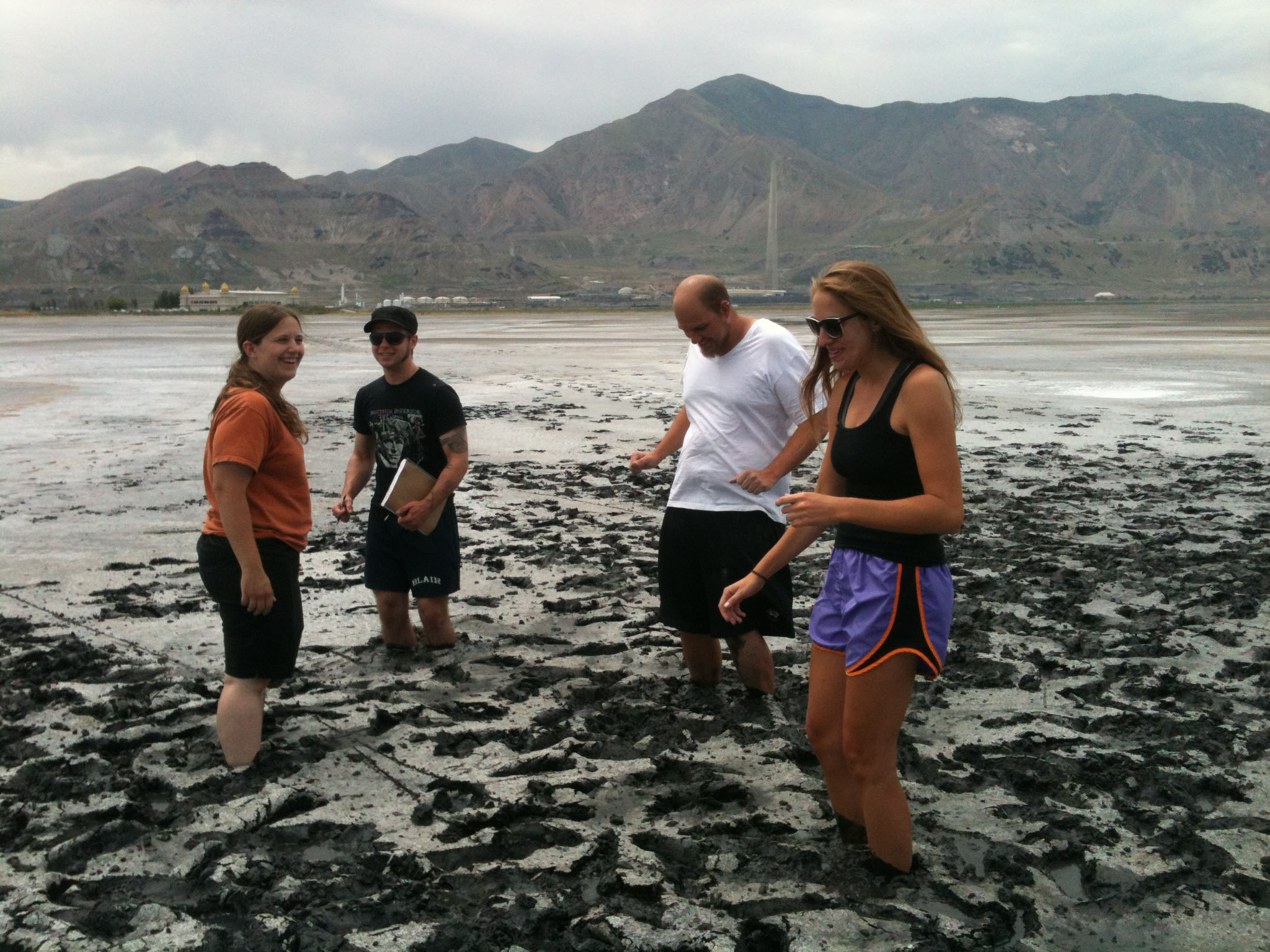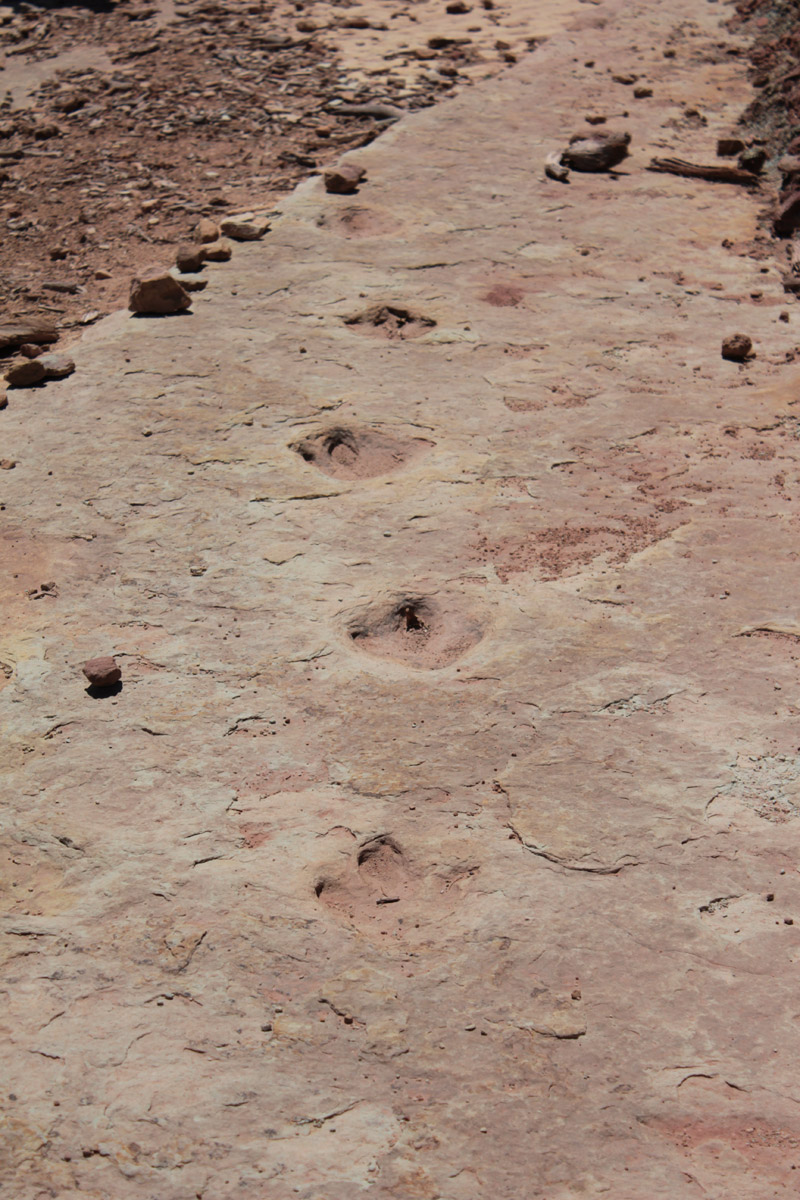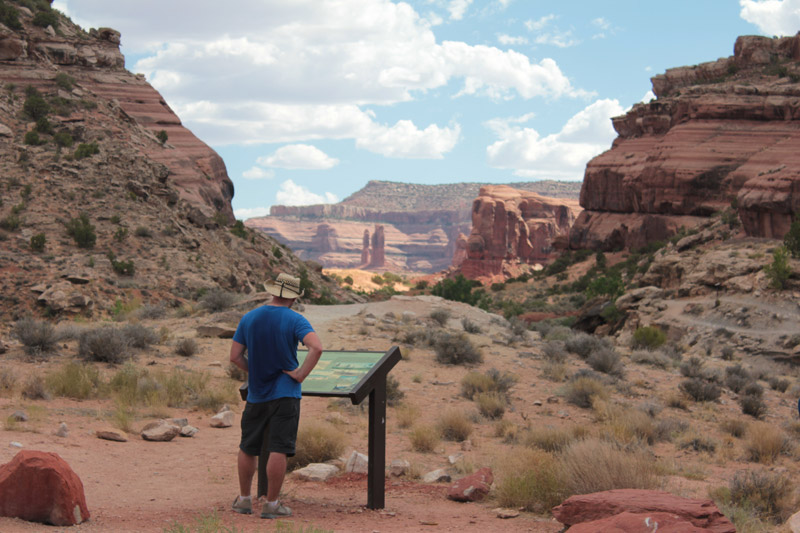Course Description
This course examines the methods scientists use to 'put flesh on the bones' of extinct animals. It is designed to give students the opportunity to conduct research using the quantitative tools needed to build computational models that reconstruct the biology of extinct organisms as well as to teach students how to frame hypotheses, select appropriate methods for investigating hypotheses, analyze data, use logic and evidence to reach conclusions, write a scientific paper, and communicate findings as an oral presentation. Students gain a better understanding of the process of science and how science is integrated with society. Students gain experience in modeling and simulation and with computational and systems level approaches to biological discovery. The class emphasizes project-based and collaborative learning.
Computational paleophysiology is an interdisciplinary course that integrates knowledge and methodologies from the fields of biology, paleontology, computational sciences, chemistry, engineering, and geology. It is cross-listed in the Department of Biology, College of Science, and in the Department of Geology and Geophysics, in the College of Mines and Earth Sciences. It can count toward track credit in a number of departments in the College of Engineering (Bioengineering, Mechanical Engineering, Computational Engineering and Science, and others). Check with an undergraduate advisor in your department.
The fieldwork focuses on experiential and hands on learning, problem solving, data collection and analysis. The course consists of approximately 30 hours (flipped) lectures and 40 hours of fieldwork. The course includes a field trip - June 24 - July 3, 2023.
Enrollment is limited so sign up early. For questions contact the instructor at farmer at biology.utah.edu.
Course Rationale

 |
 |
Validating the methods scientists use to retrodict life history: Students create trackways while filming themselves walking and running on different substrates. Measurements of the trackways are then used to retrodict limb length, the speed of the runner, as well as compute estimates of cost of transport and body posture. To assess the accuracy of the methodologies, these values are compared to anatomical measurements and the data collected by filming the runners. The methods are then used to study the trackways of extinct animals in the field, to gain insight into cost of transport of these animals, the degree to which they had parasagittal or sprawling postures, and their locomotor speeds when they made the tracks. We will be studying trackways made by both bipedal and quadrupedal vertebrates from the Mesozoic Era in Utah.
Meeting Time and Location
Course begins June 24, 2023. We depart Salt Lake in the morning and will return to Salt Lake in the afternoon on July 3, 2023
Field Trip is June 24-July 3, 2023
former url (www.paleophysiology.org/)
